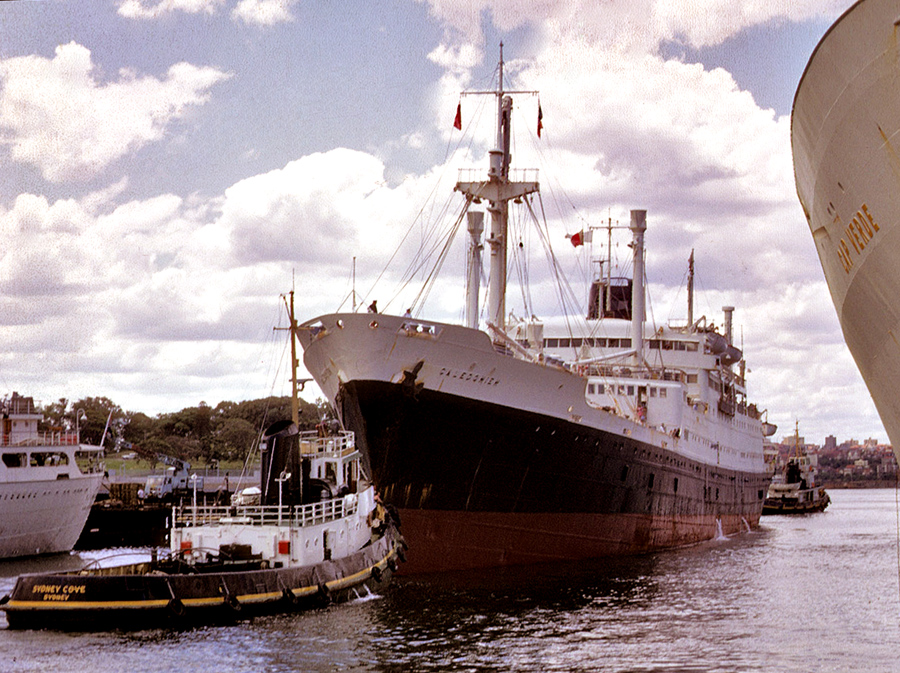

|
Almost immediately after we arrived in Sydney some friends from the boat found a small apartment on Cremorne Point and invited me to stay there while I was looking for a job. Cremorne Point is possibly the most beautiful place in Sydney. With spectacular views of the harbor and Sydney Bridge on one side and Mosman Bay on the other. A small ferry serviced the Point and Mosman bay taking you right down town to Circular Quay, nothing could have been more convenient. |
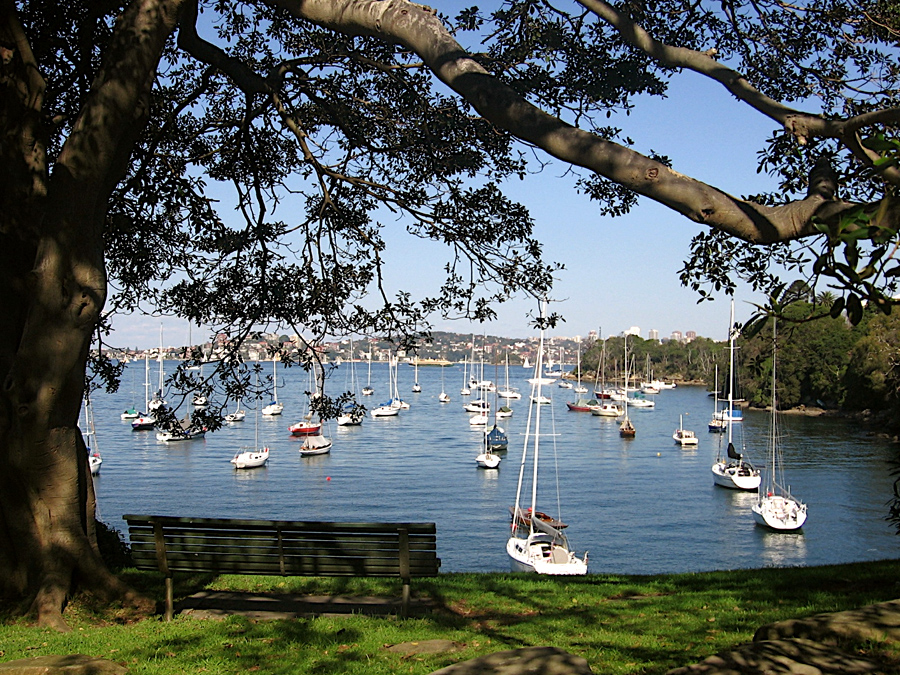
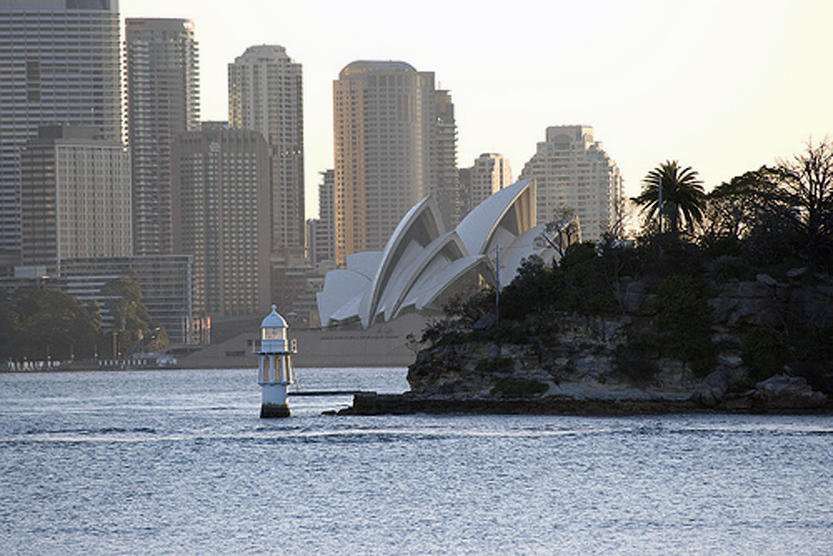
| I wound up getting a job in the first place I inquired, a newish multi story hotel in Kings Cross. I was at this only a few days when someone mentioned that a person could make a wage panning for gold in Queensland and that hitchhiking up the coast was an easy matter once you were out of New South Wales. So as soon as I had a bit of money, I bought a train ticket as far as Newcastle and some camping gear that allowed me to bivouac just about anywhere beside the road. I was not on the road for very long when I caught a ride with a man of the cloth. At the end of the ride he insisted that I take with me a copy of the New Testament. I didn't really think that I would read it although it struck me that I might do as I had previously never read more that a few isolated passages. It is hard to argue against the Bible when you haven't even read the thing. Well, I hitched up as far as Cooktown and had a good look around for gold and jungle. |
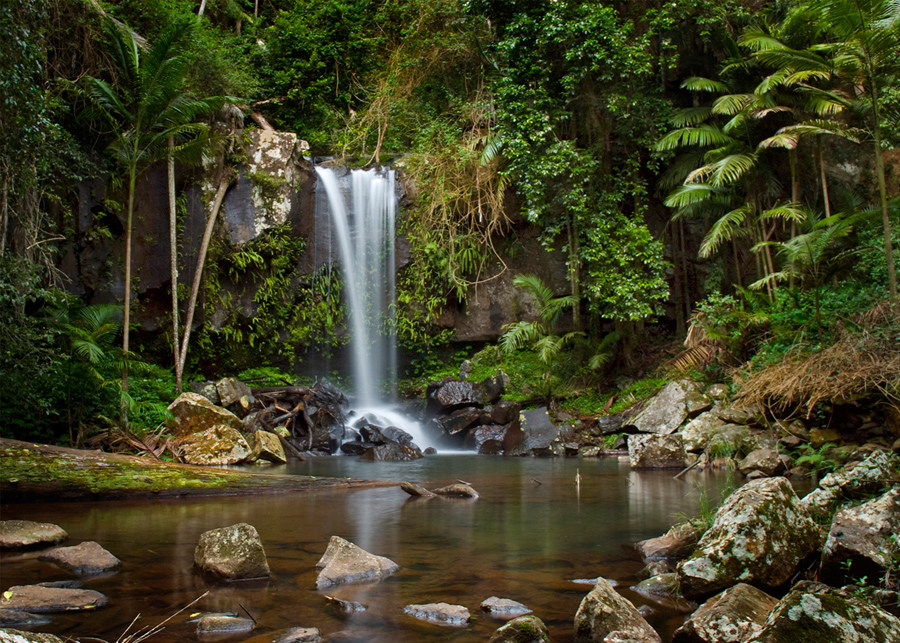
|
One ride took me to Mount Tamborine, a small township on Tamborine Mountain, (a 28 km2 plateau with an elevation of about 500 - 600 meters above sea level, in the Beaudesert, Gold Coast Hinterland, south-east Queensland, Australia. The name is of Aboriginal origin and has nothing to do with the musical instrument). The climate here is subtropical, with an annual rainfall of about 1600 mm falling mainly between December and March. Temperatures vary between maxima of 18 °C in winter and 25 °C in summer, averaging some four or five degrees cooler than the surrounding lowlands. With its fertile red volcanic soil and high rainfall, the plateau produces rich crops of avocados, kiwifruit, passionfruit, rhubarb, apples and mangoes. The people I met there said that Mount Tamborine was at one time a sort of retreat for hippies. and the place did definitely have that sort of laid back vibe and back to nature feel. Also there was still some dense rainforest in the area, that they took me to see, and in all this was a very beautiful place that I could have easily stayed if it hadn't been for the fact that I was on my way North to look for gold. The climate of Mount Tamborine has been detailed on this web page and is very interesting and compares with that of the Atherton Tablelands. |
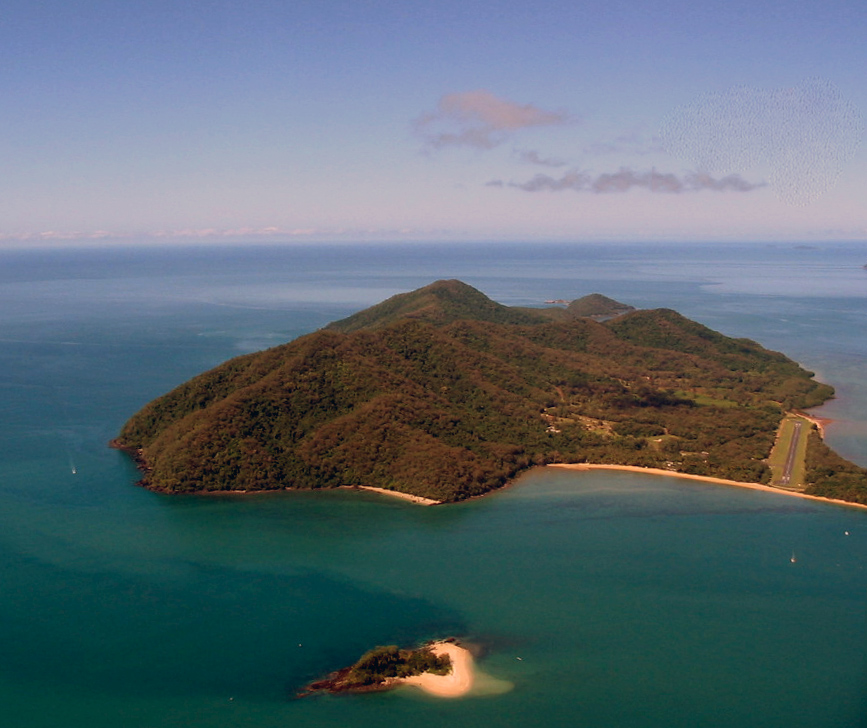
| After our fabulous trip in Tahiti, I asked everyone if there was anything that might compare in the Great Barrier Reef of Queensland, and many people recommended Dunk Island. Not that it was as big as the island of Tahiti, but it was a nice tropical island with beautiful beaches and not far from the coast. I camped there for a few days and it was nice, but a person needed a bit of money to stay there. It was really a tourist destination and not a place that they would let you stay if they caught you building a tree house somewhere. |
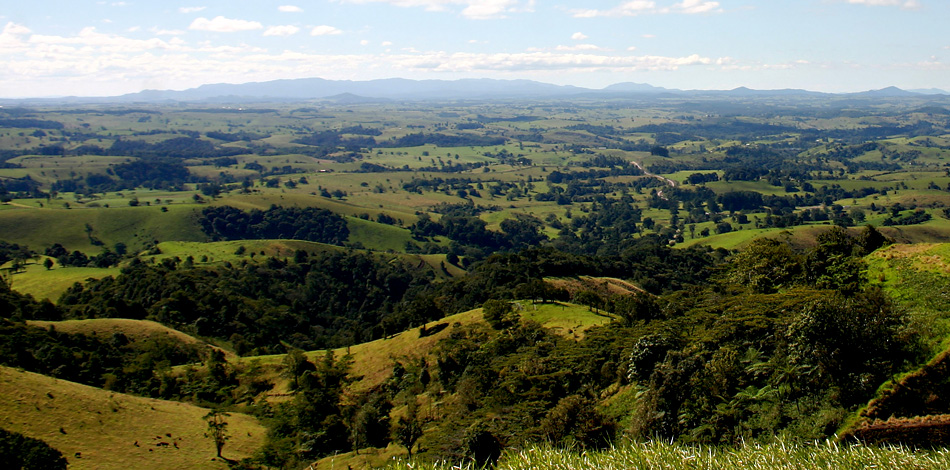
| The Atherton Tablelands are a fertile plateau which is part of the Great Dividing Range in Queensland, Australia. It is located west to south-south-west inland from Cairns, well into the tropics, but its elevated position provides a climate suitable for dairy farming. it has an area of around 32,000 square kilometers, with an average altitude between 600 and 900m above sea level. The fertility of the soils in the region can be attributed to the volcanic origins of the land. |
|
Many parts of Queensland and Australia generally are fantastic there is no doubt about that, however the country is also features some fantastic dangers as well, deadly snakes, spiders, jellyfish and sea snakes to name only a few. If you want to go back to the land there you have to be prepared to deal with these inconveniences as well. |
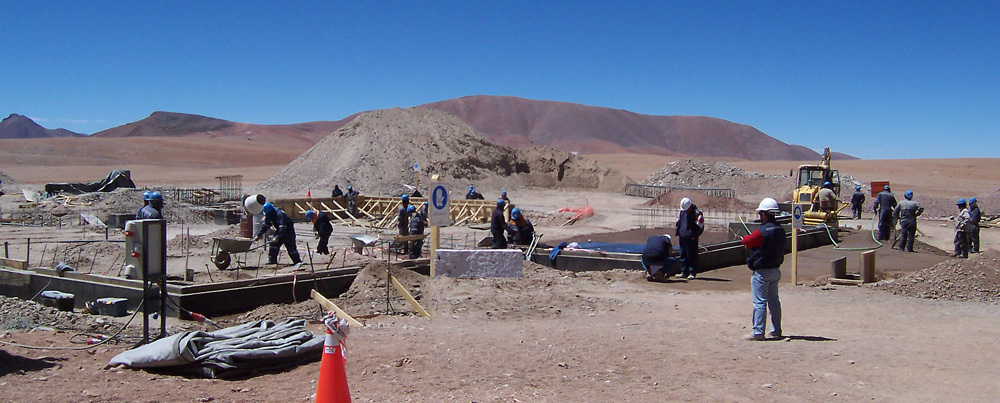
|
I then went inland to Mount Isa looking for work, as I was told there was plenty and indeed there was, the kind of work though that a normal person wouldn't do for very long unless he was totally desperate, like wheeling barrows of cement in the mid day sun. I didn't even get through a full first day of this and got out of town the next day without even bothering to collect my half day of wages. |
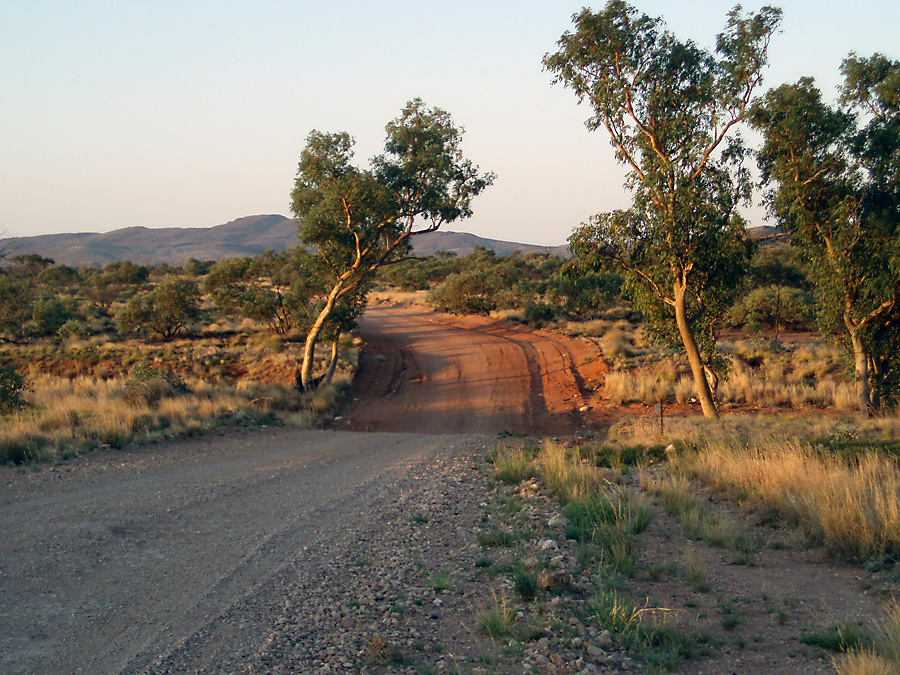
| As Mount Isa is a bit inland I decided to go through to Darwin, not wanting to go back the way I had come which was fairly bleak. But I found out later that was nothing compared to where I was headed. About halfway to Darwin you come to place where you can turn off to go south through the middle of Australia via Alice Springs. |
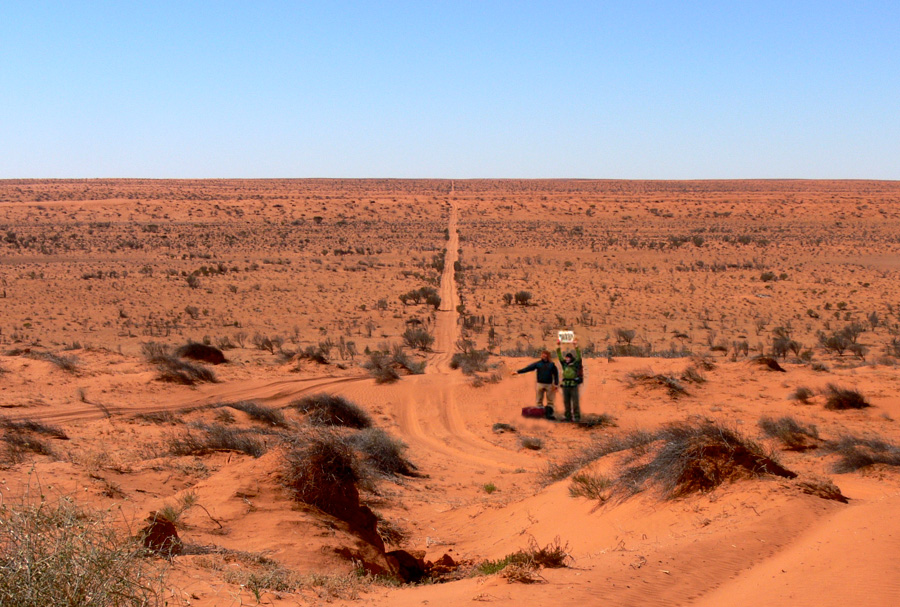
| By this point I just wanted to get back to Sydney and the beautiful Cremorne Point and the road through Alice Springs was the way to go. It seems to me I remember the turn off as a place called "three ways" but on today's maps the closest place is Warumungu. Here I wound up sleeping on a bench while waiting for daybreak. When I woke up it was to the sound of a million flies, maybe a billion, the flies were so bad you had to put a shirt over your head to tie up your shoes. These were not your normal civilized flies that one finds everywhere else in the world, these were horrible ausy flies that didn't hesitate to fly up your nose or into your mouth if it happened to be open, and it was here that I meet another Canadian who by chance was also a long hair from Vancouver. He was coming down from Darwin hitching his way south and so we proceeded together not considering that being two hippies instead of one made it doubly hard to get a ride. |
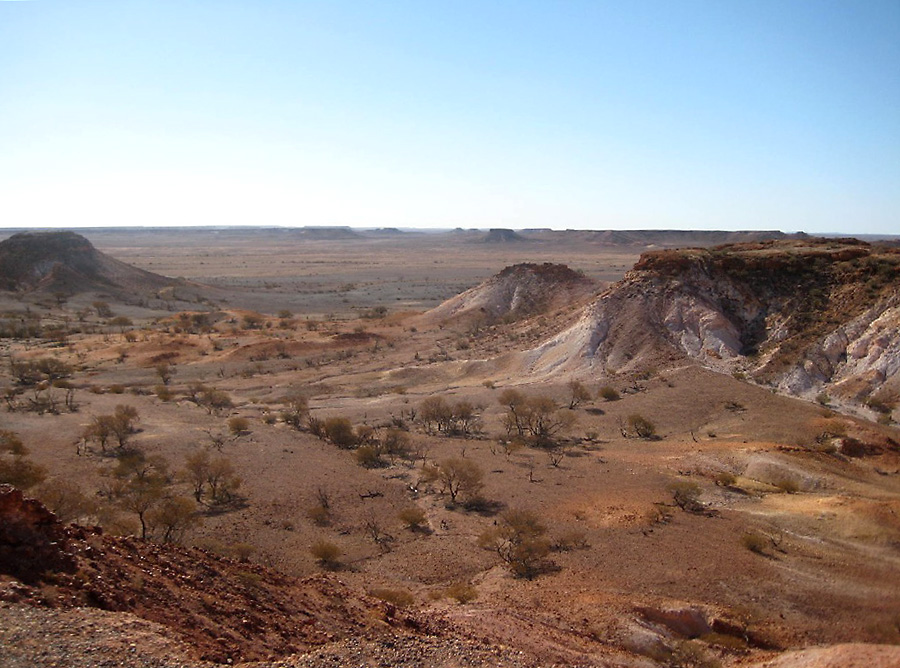
|
So hard in fact that we got stuck for five days beside the road on the outskirts of the very desolate town of Coober Pedy. As I had my camping gear and a supply of freeze dried food we were not too worried but finally the local police came and said that if we were not on the bus which left the following day, he would throw us both in jail, of course we didn't tell him that between us there wasn't even enough money for the bus! Not to mention the fact that it was so cold at night, jail didn't seem like such a bad option. |
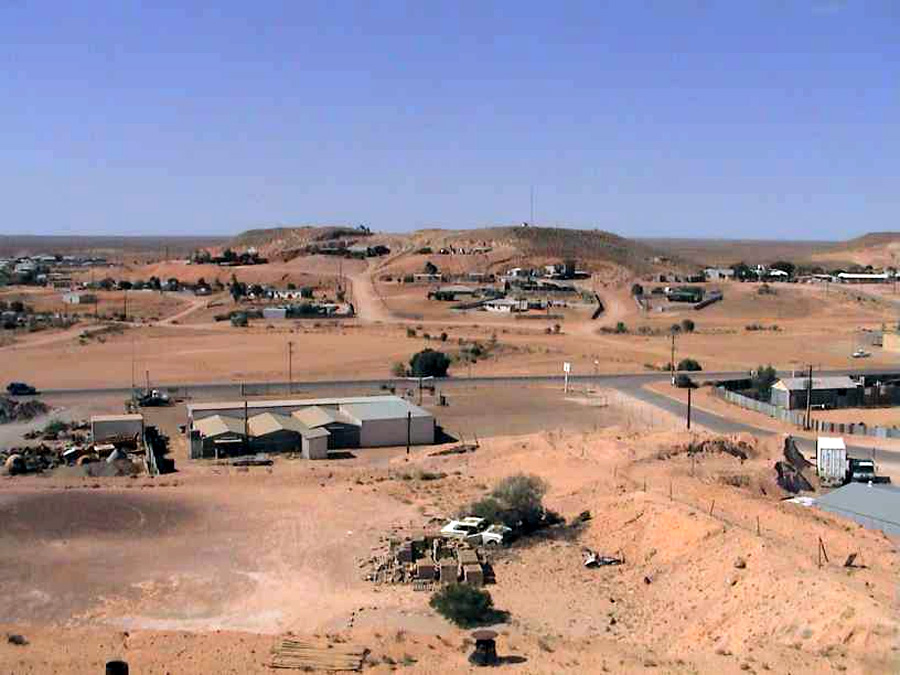
|
But I am wandering here from my story which is that during that time with nothing to do beside the road I decided to at last read the Bible or should I rather say the New Testament. What a trip to discover these four stories, all the same but different. Also revelations was very interesting and I soon came up with the idea of doing a series of paintings to try to capture some of the more dramatic images throughout this work. I could picture in my mind Jesus standing on a very high pillar looking back over his shoulder and shouting an angry rebuke to Satan who was tempting him. Within those few days beside the road I formulated a plan that was to again set me onto a path that I had never previously considered or imagined. I should point out that this wasn't any sort of conversion to Christianism. I could see now though, how 40 days and 40 nights in the desert might lead one to some significant revelations, and coincidentally my brainwave for the paintings was a series of 40 days and 40 nights, to make 80 paintings in total. Of course the reader is bound to ask did I actually do the paintings and the answer is yes, but as I have now heavily loaded this page with images, I will have to continue that story on the next page. |
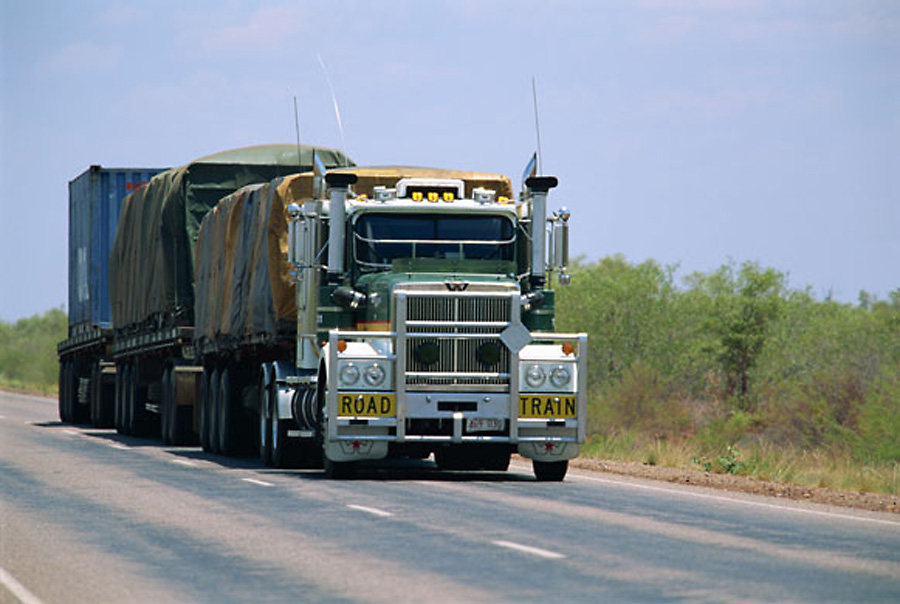
|
As luck would have it we did get a ride out of town that night. A truck driver that had seen us by the road 5 days before took pity on us and offered us a ride on the top of his giant road train trailer truck. The photo shown above is of a similar but newer truck that has been loaded and tarpped down in a similar way. We had to climb up onto the tarp and hold on for dear life. In those days the road was mostly unpaved. But even though it was a dirt track that didn't mean that the truck didn't go in high gear. We were barreling down to Adelaide at 60 and it was a brutal jack hammer ride like nothing I had ever known, the holes in the road gave us a pounding, not to mention that it was soon night and the wind chill factor alone nearly killed us... but worse was if you fell off, all those wheels in the back would grind you up so bad, that they wouldn't even bother trying to pick up the parts. We got off in Adelaide the next morning, it felt like I had been through a heavy 12 rounder, but we were glad to be there, back on paved roads and with only another thousand or so miles to go.
|